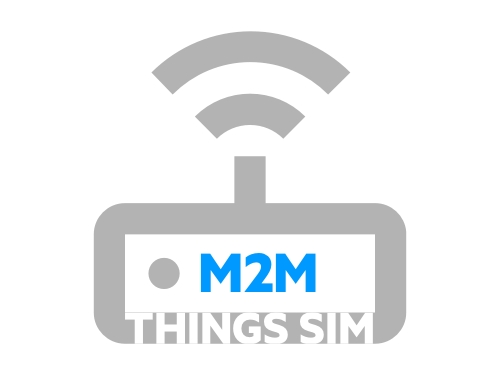Generic M2M device

Connect your own M2M device to KPN Things.
Supported network type(s):
KPNM2MDevice Specification ID:
own-m2mDevice Specification UUID:
7748b913-3901-4cbd-be66-96d366e85539
› Decoded ThingsML and raw SenML data
755d9cc5-e5cf-4a42-88dc-bb17458c58fe
One decoder to forward raw SenML data and decoded ThingsML data sent by the device.
› Decoded ThingsML and raw SenML data (v2)
52a80810-0225-5831-9596-c07d8a746f10
Decoder that forwards raw SenML data and decoded ThingsML data sent by the device.
= SenML data
58e00104-d1ce-4a8f-acc0-8fe860b9ba88
Send SenML data to your device.
› Decoded ThingsML and raw SenML data
One decoder to forward raw SenML data and decoded ThingsML data sent by the device.
› Decoded ThingsML and raw SenML data (v2)
Decoder that forwards raw SenML data and decoded ThingsML data sent by the device.
Example SenML
Example SenML
This is completely dependent on the SenML or ThingsML input and could output almost any SenML. The decoded ThingsML below is just illustrative of what is possible.
= SenML data encoding
Protocol: HTTP response
Description: Send SenML data to your device.
Multiple commands in one downlink: No
No input mapping
Last updated
Was this helpful?
